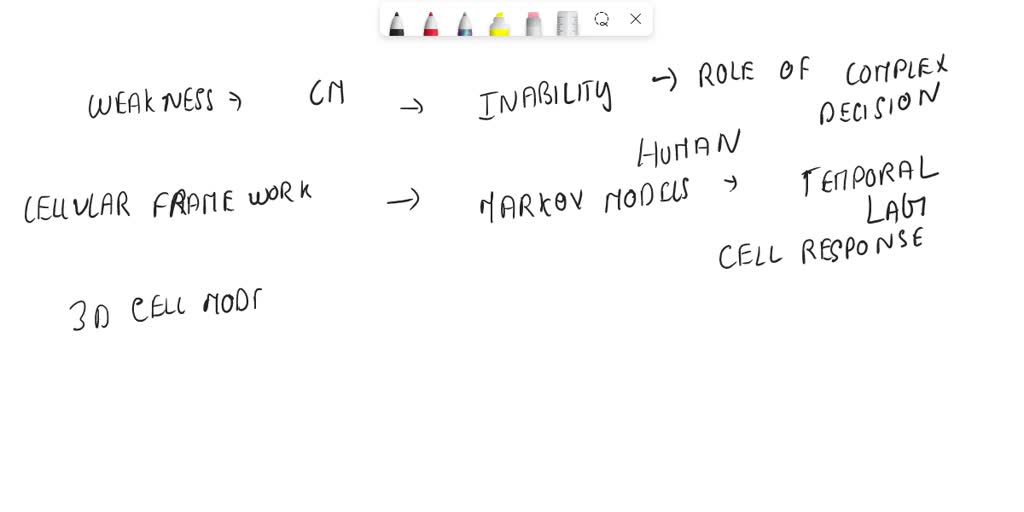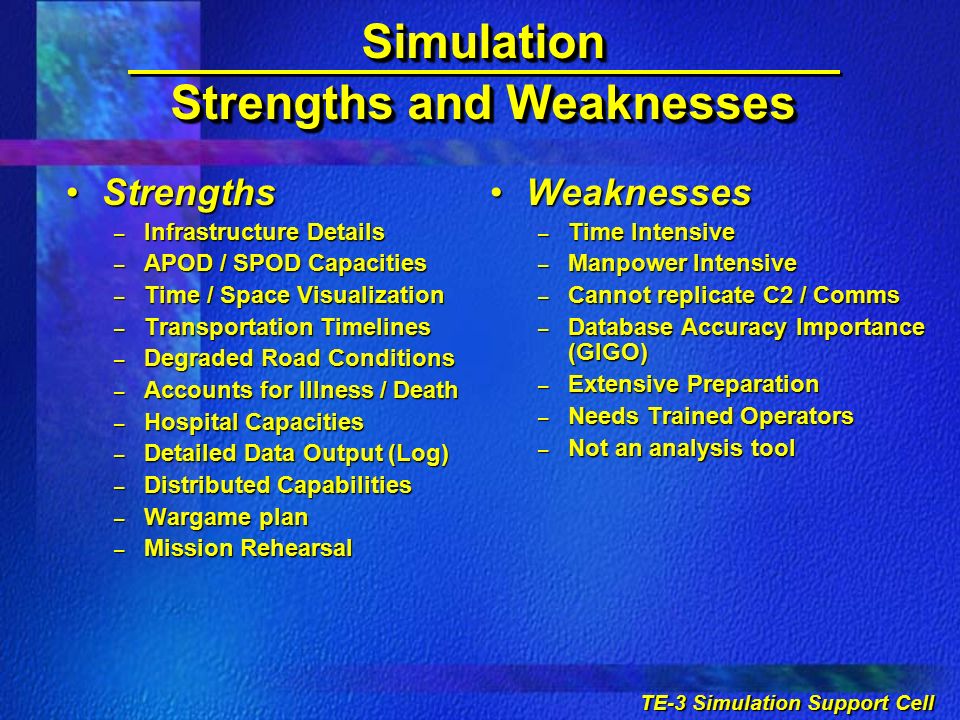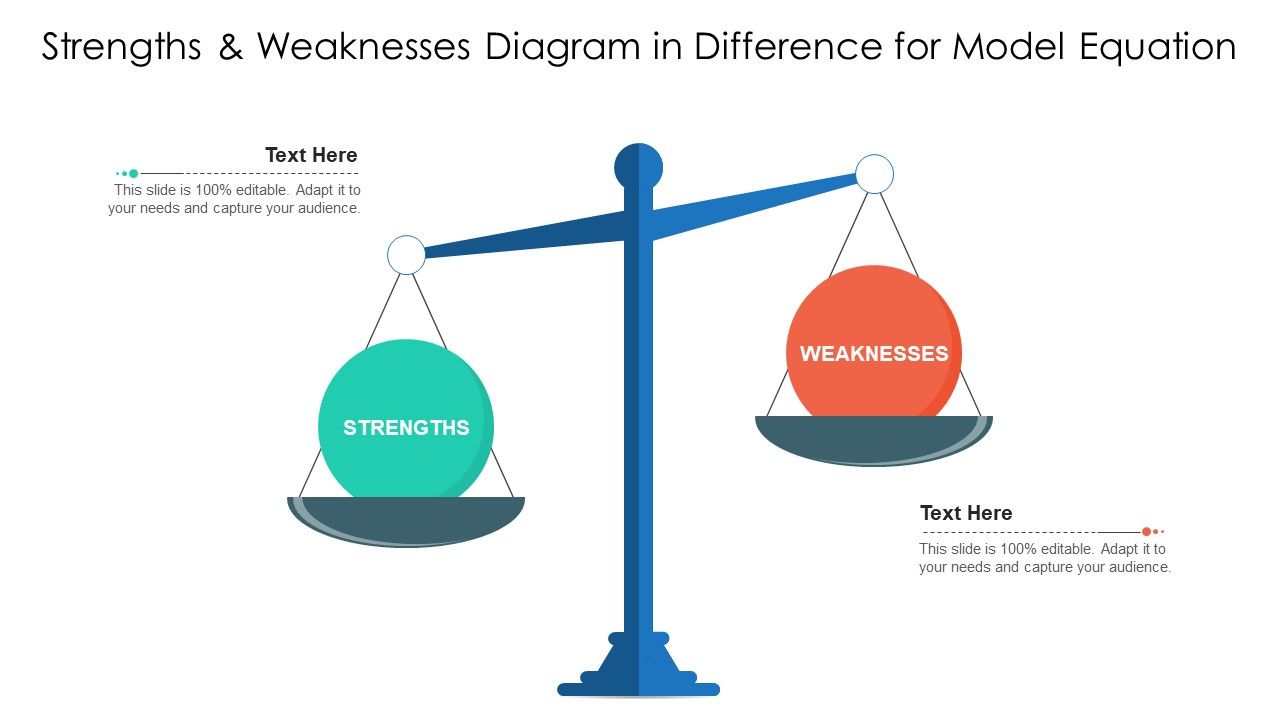What Are The Strengths And Weaknesses Of The Cell Model

The cell model, a cornerstone of modern biology, has been instrumental in advancing our understanding of life's fundamental building blocks. From visualizing cellular structures to simulating complex biological processes, these models have provided invaluable insights. However, despite their utility, cell models are not without their limitations.
This article will delve into the strengths and weaknesses of cell models, exploring how they have shaped scientific progress and where their current limitations lie. Understanding these aspects is crucial for researchers and anyone interested in the dynamic field of cell biology.
The Strengths of Cell Models
Cell models, in their various forms, offer a range of benefits to researchers. These benefits accelerate scientific discovery and improve comprehension of biological processes.
Visualization and Conceptualization
One of the primary strengths of cell models is their ability to help visualize and conceptualize complex cellular structures and processes. Physical models, like those made with clay or plastic, allow students and researchers to grasp the spatial arrangements of organelles and molecules within a cell. This tangible representation makes abstract concepts more accessible.
Computer-generated models take this visualization a step further. They can depict dynamic processes, such as protein folding or signal transduction pathways, in real-time, enhancing our understanding of how cells function.
Hypothesis Generation and Testing
Cell models can serve as valuable tools for hypothesis generation and testing. By simulating different conditions and observing the model's response, researchers can formulate hypotheses about how cells might behave in specific situations. This in silico experimentation can save time and resources compared to traditional laboratory experiments.
For instance, a computational model of a cancer cell could be used to predict the effects of different drug combinations. This prediction can then be validated through in vitro or in vivo studies. Cell models offer an ethical and efficient way to explore potentially harmful scenarios without directly experimenting on living organisms.
Predictive Power
Sophisticated cell models, particularly those based on mathematical equations and computational algorithms, can possess significant predictive power. These models can forecast cellular responses to external stimuli, predict the outcome of genetic mutations, or even simulate the behavior of entire tissues.
For example, pharmacokinetic models are used to predict how a drug will be absorbed, distributed, metabolized, and excreted by the body, aiding in drug development and dosage optimization.
The Weaknesses of Cell Models
Despite their strengths, cell models are inherently simplified representations of reality and come with inherent limitations. These limitations can affect the accuracy and reliability of their predictions.
Oversimplification and Abstraction
Cell models, by necessity, involve simplification and abstraction. To make the model manageable, certain details may be omitted or approximated. This can lead to inaccuracies and limit the model's ability to capture the full complexity of a living cell.
For instance, a model might represent a protein as a simple sphere, ignoring its intricate three-dimensional structure and dynamic conformational changes. Ignoring the 3D structure of proteins can significantly impact its ability to capture real world results.
Data Dependence and Validation
The accuracy of a cell model is heavily dependent on the quality and quantity of data used to build and validate it. If the input data is incomplete or inaccurate, the model's predictions will be unreliable. Validating the model against experimental data is crucial to ensure its accuracy.
However, obtaining sufficient and reliable data for complex cellular processes can be challenging, especially for processes that are difficult to observe directly. The lack of sufficient experimental data is one of the largest hindrances to building models.
Computational Limitations
Simulating complex cellular processes requires significant computational power. The complexity of a cell, with its vast network of interacting molecules and organelles, can quickly overwhelm even the most powerful computers. As a result, many cell models are limited in their scope and resolution.
Furthermore, developing and running sophisticated cell models requires specialized expertise in programming and computational biology. This can make cell modeling inaccessible to researchers without the necessary training. Developing new algorithms is crucial for the future of cell modeling.
Lack of Context
Many cell models focus on individual cells in isolation, neglecting the influence of the surrounding environment and other cells. In reality, cells interact with their neighbors and the extracellular matrix in complex ways, and these interactions can significantly affect their behavior. The cell exists within a larger context that is not easily integrated.
This lack of context can limit the model's ability to predict how cells will behave in a living organism.
The Future of Cell Modeling
Despite their limitations, cell models are an indispensable tool in modern biology. As computational power increases and more data becomes available, cell models will become increasingly sophisticated and accurate.
Future developments in cell modeling will likely focus on incorporating more realistic representations of cellular structures and processes, integrating multi-scale data from different sources, and developing more user-friendly modeling tools. This ongoing development will allow us to continue to probe nature's secrets.
Ultimately, cell models will play an increasingly important role in advancing our understanding of life and developing new treatments for diseases. They have already shown to be helpful and the future is bright for these tools.

![What Are The Strengths And Weaknesses Of The Cell Model [FREE] What are the strengths and weaknesses of the cell model](https://media.brainly.com/image/rs:fill/w:750/q:75/plain/https://us-static.z-dn.net/files/d28/c8024df57890c83eee57d4549a5d2753.jpeg)
















